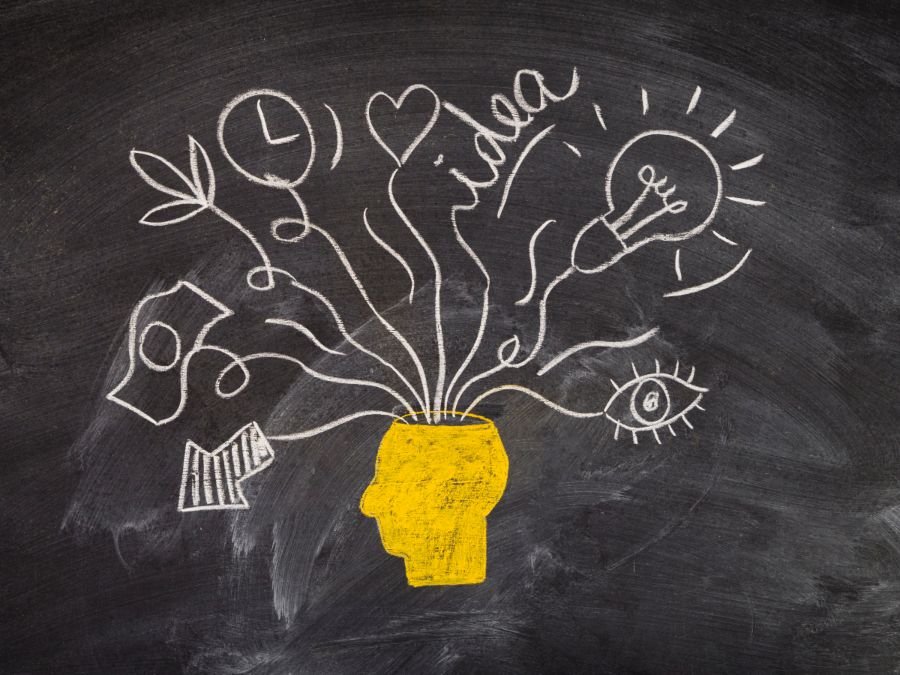Architectural design significantly impacts mental health, influencing how individuals feel in their environments. Recent trends highlight the necessity of considering psychological effects in the construction and real estate sectors. As the demand for customer-centric spaces grows, understanding how design affects emotions is essential.
Research shows that elements like light, room proportions, and color schemes can alter moods and mental states. For example, ample natural light is linked to improved mood and productivity, while poorly lit spaces can lead to stress and feelings of depression. Open layouts encourage collaboration, whereas confusing or cluttered designs often provoke anxiety.
Effective space planning is critical for fostering psychological comfort. Beyond aesthetics, it focuses on how individuals move and interact within environments. Key aspects include:
1. **Privacy**: Spaces that allow for quiet retreats, such as cozy nooks or private meeting rooms, help individuals recharge. 2. **Social Connection**: Open communal areas promote interaction and cooperation, vital for emotional balance and community building. 3. **Flexibility**: Multi-purpose rooms that adapt to various functions—like a study during the day that becomes a yoga studio at night—can reduce stress. 4. **Safety and Wayfinding**: Clear layouts facilitate easy navigation, minimizing mental strain and anxiety.
The evolution of real estate services reflects a shift towards promoting mental wellbeing. Professionals in the field are now prioritizing properties that feature aspects known to support mental health, including natural light, green spaces, and walkable neighborhoods. In a competitive market, these attributes are increasingly seen as necessities rather than luxuries, influencing property marketing and pricing strategies.
Biophilic design, which integrates nature into built environments, is gaining traction. Features like plant walls, gardens, and large windows enhance indoor environments, contributing positively to mental health. Studies reveal that occupants of well-designed spaces report higher satisfaction and productivity levels, leading to better overall health outcomes.
Globally, examples of psychological design principles are emerging. Airports, libraries, and malls are incorporating quiet areas where individuals can escape overstimulating environments. Additionally, color psychology plays a role; soothing colors, such as blue, create restful spaces, while vibrant shades like yellow can energize areas designated for social interaction.
As the real estate market adapts to consumer demands, properties designed with mental wellbeing in mind are becoming more desirable. Research indicates that such spaces often achieve higher occupancy rates, attract longer lease terms, and maintain better resale values. Real estate professionals should educate clients about the psychological impacts of design, focusing on comprehensive wellbeing rather than just square footage.
In summary, the relationship between architectural design and mental health is becoming increasingly evident. As awareness of mental health continues to rise, the demand for spaces that promote psychological wellness will shape the future of construction and real estate, moving towards healthier, happier communities.



